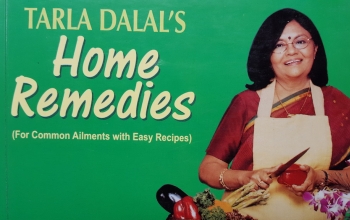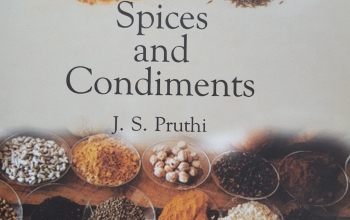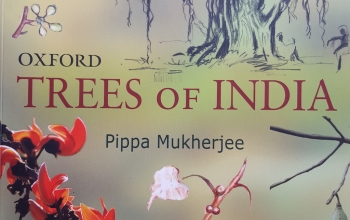Home remedies have been effectively used for thousands of years in the treatment and prevention of illness. For generations, we have been using herbs from our kitchens, farms and forests to reduce pain, heal wounds and cure illness.
For many centuries, India’s wide variety of herbs, spices and plants have played a great role in the accumulation and advancement of ancient medicinal knowledge. They are becoming increasingly popular again because they are easily available at low cost and there are no side effects. When compared to modern/ allopathic medicines that can greatly weaken the immunity system in due course of time, home remedies have and added advantage i.e., they help our body mechanisms to fight disease.
The people living in modern cities are exposed to continuous chemical bombarding, from infancy to old age. The use of home remedies can check this unnecessary and dangerous synthetic drugging which could develop resistance to antibiotics from over use and un-ethical use, thereby making them ineffective when actually required.
This handy book (136 pages) comprises home remedies for 20 common ailments with 4 to 6 remedies for each ailment; because every individual reacts in a different way, and therefore, a remedy that may be helpful to one individual may not be effective to other. However, the author cautions that the remedies are not replacements for medical advice from the physician.
The book contains home remedies for acidity/ heartburns, anaemia, common cold and cough, calcium deficiency, constipation, diabetes, diarrhoea, fatigue, fever, headache, insomnia, pimple, sore throat/ throat pain, stomach-ache/ indigestion and other few illness. Take for example the home remedy for common cold: a “Kashayam” called as “Cold Reliever”. It is prepared from spice powder, misri (khadi sakhar) and milk. The “spice powder” contains the seeds of coriander (dhania), cumin (jeera), fennel (saunf) and fenugreek (methi). Our grandmothers have given a similar kashayam to us when we were suffering from severe cold in our childhood and we all know that it is effective remedy.
Mrs. Tarla Dalal, the author, is “Padma Shri” awardee and over 4 million copies of her cookbooks have been sold. She is the first to launch a bi-monthly food magazine, “Cooking & More”.






